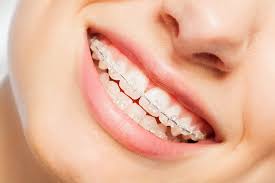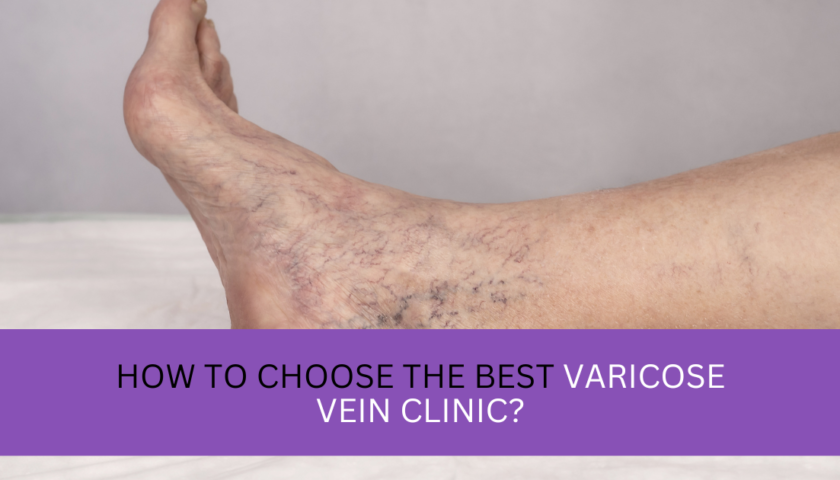Turmeric paste is a simple and effective way to use turmeric for your skin. It is a mixture of turmeric powder, water, and other ingredients that can help with various skin issues, such as acne, pigmentation, inflammation, infections, and aging. Turmeric paste can be applied to your face or any other part of your body that needs some TLC.
In this article, I will show you how to make turmeric paste for skin in 5 minutes. I will also explain the benefits of turmeric paste for skin, how to use it, and what to watch out for. By the end of this article, you will have a better understanding of how to use this amazing spice for your skin.
Benefits of Turmeric Paste for Skin
Turmeric paste has many benefits for your skin, thanks to its active ingredient, curcumin. Curcumin is a powerful antioxidant and anti-inflammatory compound that can fight free radicals, reduce inflammation, and promote wound healing. Here are some of the benefits of turmeric paste for skin:
- Fights acne: Turmeric paste can help prevent and treat acne by killing bacteria, reducing oil production, and soothing inflammation. It can also help fade acne scars and marks by lightening the skin tone.
- Treats pigmentation: Turmeric paste can help even out your skin tone by inhibiting the production of melanin. This pigment gives your skin color. It can also help reduce hyperpigmentation, sun spots, and age spots by brightening the skin.
- Moisturizes the skin: Turmeric paste can help hydrate and nourish your skin by providing essential fatty acids, vitamins, and minerals. It can also help lock in moisture and prevent dryness and flakiness.
- Clears and brightens the skin: Turmeric paste can help improve your complexion by enhancing your natural radiance. It can also help protect your skin from environmental damage, such as pollution, UV rays, and stress.
- Treats skin infections: Turmeric paste can help heal cuts, wounds, burns, and insect bites by preventing infection and speeding up recovery. It can also help treat fungal infections, such as ringworm and athlete’s foot.
- Anti-aging: Turmeric paste can help prevent and reverse the signs of aging by boosting collagen production, improving elasticity, and reducing wrinkles and fine lines. It can also help prevent sagging and dullness by firming and toning the skin.
How to Make Turmeric Paste for Skin
Making turmeric paste for the skin is very easy and quick. All you need are a few ingredients that you already have in your kitchen. Here are the steps to make turmeric paste for skin:
- Gather the ingredients: You will need 1/4 cup of turmeric powder (preferably organic), 1/2 cup of water (preferably filtered), 2 teaspoons of coconut oil (or any other oil of your choice), a pinch of black pepper (optional), and a small saucepan.
- Mix the ingredients: In a small saucepan over low heat, combine the turmeric powder and water. Stir well until you get a smooth paste. You may need to add more water or turmeric powder to adjust the consistency. Then add the coconut oil and black pepper (if using) and stir well until everything is well incorporated.
- Store the paste: Transfer the turmeric paste to a glass jar with a lid. Let it cool down completely before closing the lid. Store the jar in the refrigerator for up to two weeks.
How to Use Turmeric Paste for Skin
There are many ways to use turmeric paste for skin. Here are some of the most common ones:
1. Face mask
Apply a thin layer of turmeric paste on your clean face and neck. Avoid the eye area. Leave it on for 10 to 15 minutes or until it dries. Rinse off with warm water and pat dry with a soft towel. You can do this once or twice a week.
2. Spot treatment
Apply a small amount of turmeric paste on any blemishes or scars that you want to treat. Leave it on overnight or as long as possible. Rinse off with warm water in the morning.
3. Body scrub
Mix some turmeric paste with sugar or salt to make a natural body scrub. Gently massage it on your wet skin in circular motions. Rinse off with warm water and moisturize as usual.
4. Wound healing
Apply some turmeric paste on any cuts, wounds, burns, or insect bites that you have. Cover with a bandage or gauze. Change the dressing every day until the wound heals.
What to Watch Out for When Using Turmeric Paste for Skin
Turmeric paste is generally safe and beneficial for your skin, but there are some things that you should be aware of before using it. Here are some of the possible drawbacks and precautions of using turmeric paste for skin:
Staining
Turmeric can stain your skin, clothes, towels, and surfaces with a yellow tint. To avoid this, wear gloves when applying the paste, use old clothes and towels, and cover your work area with newspaper or plastic.
- To remove the stains from your skin, use a mild soap and water or a toner with alcohol.
- To remove the stains from your clothes and towels, use bleach or vinegar.
- To remove the stains from your surfaces, use baking soda or lemon juice.
Allergic reaction
Turmeric can cause an allergic reaction in some people, especially if they have a history of allergy to ginger or other spices. To avoid this, do a patch test on a small area of your skin before using the paste. If you experience any itching, redness, swelling, or rash, stop using the paste immediately and consult your doctor.
Medication interaction
Turmeric can interact with some medications, especially blood thinners, diabetes drugs, and anti-inflammatory drugs. To avoid this, consult your doctor before using turmeric paste if you are taking any prescription or have any medical condition.
Conclusion
Turmeric paste is a great way to use turmeric for your skin. It can help with various skin issues, such as acne, pigmentation, inflammation, infections, and aging. It is easy and quick to make at home with a few ingredients. You can use it as a face mask, spot treatment, body scrub, or wound healing agent.
However, you should also be careful of some possible drawbacks and precautions of using turmeric paste for the skin. Turmeric can stain your skin and other things with a yellow tint. It can also cause an allergic reaction in some people or interact with some medications. Alternatively you can also use turmeric oil for face.





